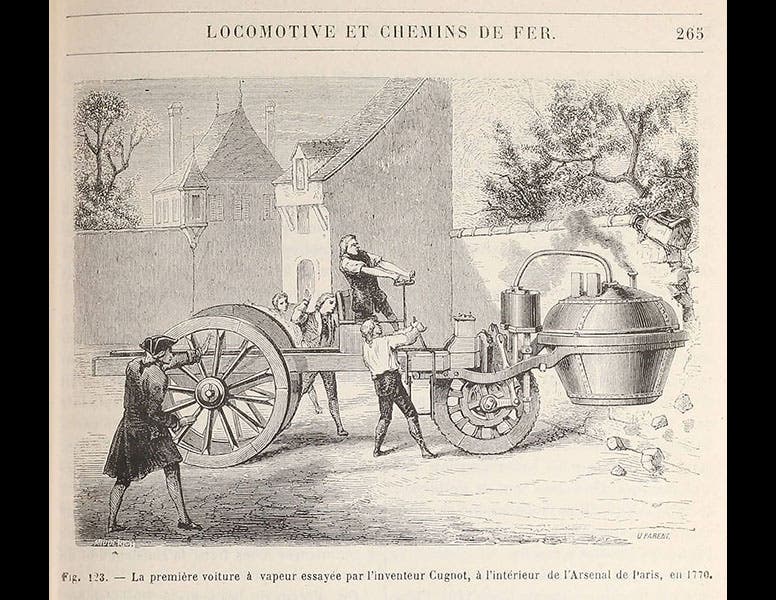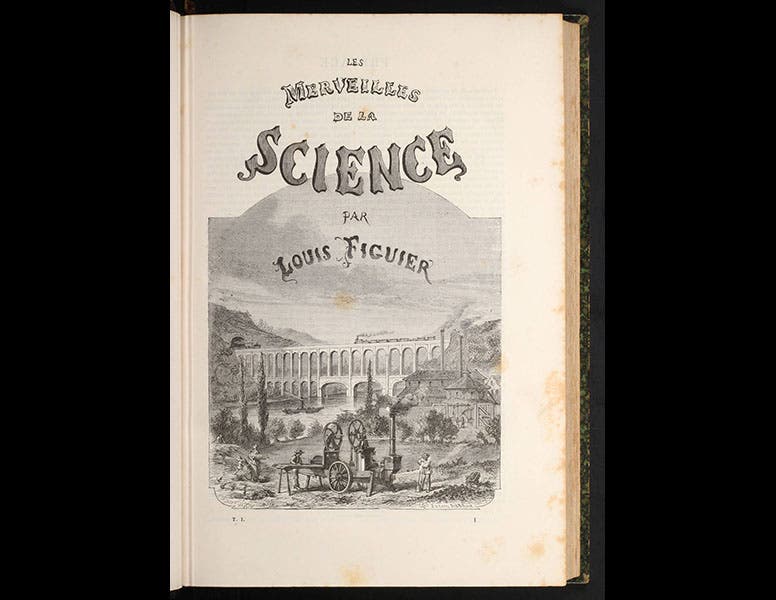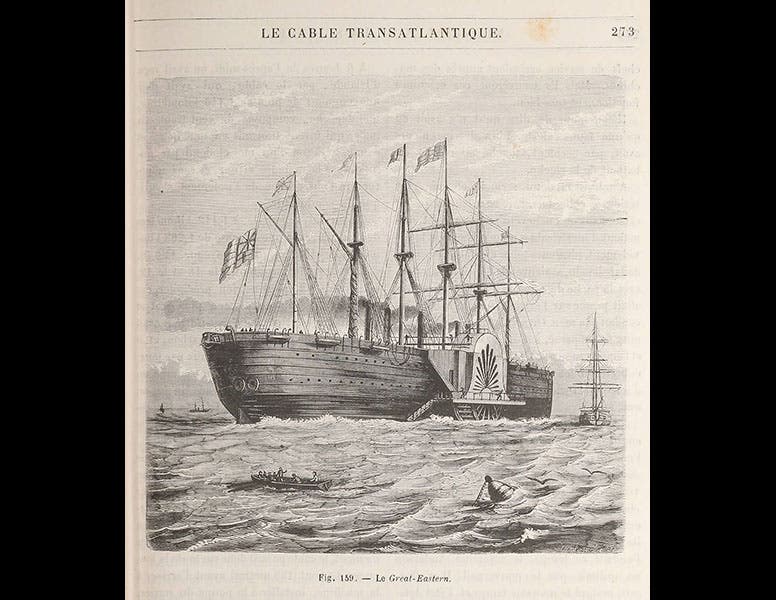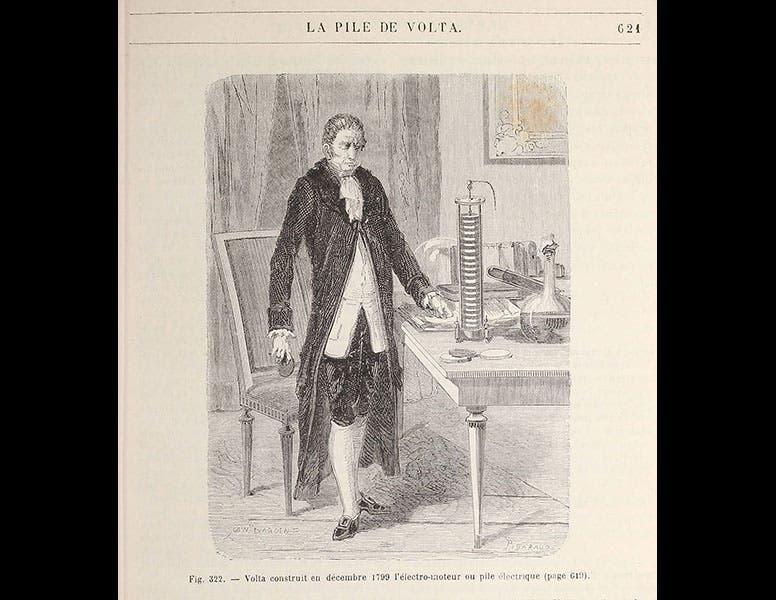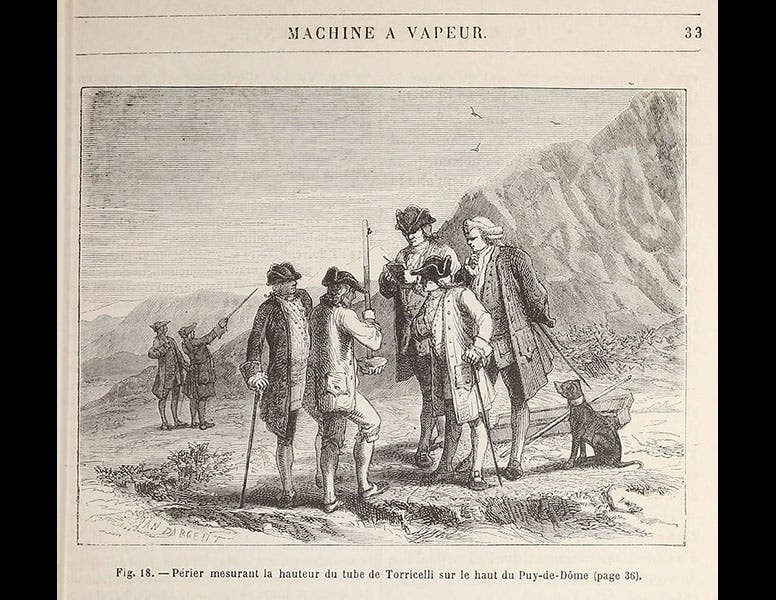Scientist of the Day - Louis Figuier
Louis Figuier, a French science writer, was born Feb. 15, 1819. Figuier was a professional writer, which means he had to write to eat, and he must have eaten well, because he wrote a ton of books, really good books. We displayed his book on prehistoric life, La terre avant le deluge (1863), in our Paper Dinosaurs exhibition, and his L'homme primitif (1870) in our Blade and Bone exhibition.
But today we feature a Figuier work called Les merveilles de la science, ou description populaire des inventions modernes (The Marvels of Science, etc.); it occupied four quarto volumes plus two supplements, and was published between 1867 and 1891. Each volume contained a series of chapters with titles like "Steam engines" or "Electrical Machines" or "Hot-Air Balloons," and within each chapter, there was a full discussion of not only present-day technology, but the complete history of each invention. And every contributor or significant event, it seems, merited a wood-engraving. So not only is Les merveilles de la science one of the first histories of technology, but it contains what are often the very first visual reconstructions of important technological events and their inventors. There are hundreds of these images, so it was hard to pick just four for this occasion (leaving room for the illustrated title page (second image) and Figuier’s frontispiece portrait (sixth image).
The four we chose depict: Nicholas-Joseph Cugnot demonstrating his fardier á vapeur, the first full-sized steam-driven vehicle, in 1771 (first image); the Great Eastern laying the first successful Atlantic cable in 1865 (third image); Alessandro Volta with his Voltaic Pile, the first battery, 1800 (fourth image); and Blaise Pascal’s brother Perier about to carry a barometer up the Puy de Dome in 1648 to demonstrate that the atmosphere has weight.
Many of these images turn up regularly in modern popular books on the history of science and technology, generally with no attribution. So Figuier’s illustrations and historical restorations are still speaking to us, 150 years after he created them, which is a sign that he was quite good at his craft. It would be nice if his name were attached more often to his images, so he could get the credit he deserves.
Dr. William B. Ashworth, Jr., Consultant for the History of Science, Linda Hall Library and Associate Professor, Department of History, University of Missouri-Kansas City. Comments or corrections are welcome; please direct to ashworthw@umkc.edu.


